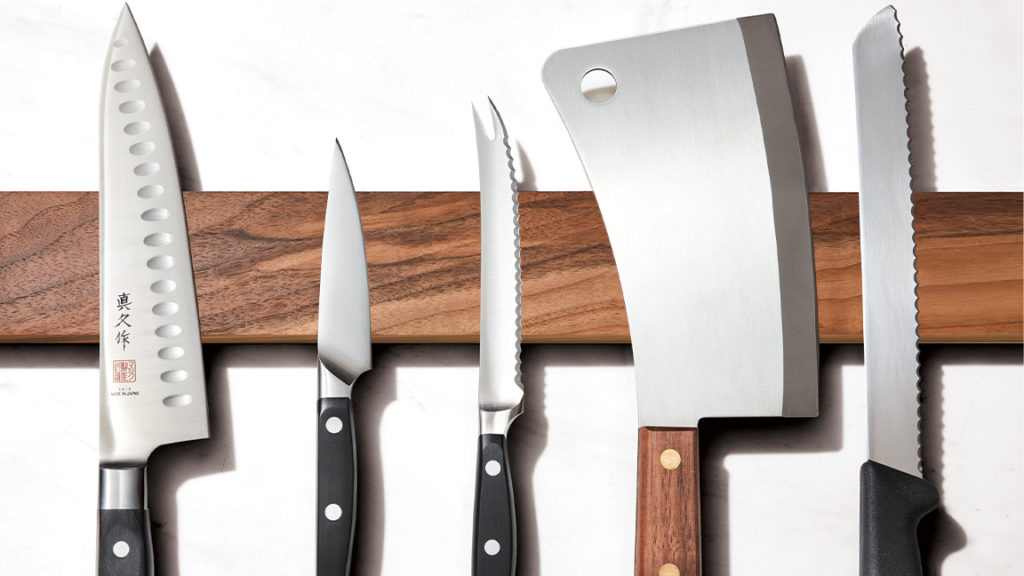
Emerging technologies always get over-hyped. But, no one, NO one does it quite like the phone companies. Here are 5 knives to allow you to cut through the heaps of hype being served by AT&T, Verizon, T-Mobile, and Sprint.
Knife 1
FakeTech. AT&T 5G E is NOT 5G. Boardroom and marketing team conversation overheard: “Maybe if we just change the icon on people’s phones everyone will think they are getting 5G.” What could be more appropriate in an era of FakeNews than FakeTech? T-Mobile 5G deployment so far is only 20% faster. False advertising abounds. Will the real 5G please stand up?
Knife 2
Slow deployment. The carriers are over-hyping their rollout schedules in ongoing efforts to out-do each other. Each carrier has been announcing new cities with increasing regularity. Invariably, when pressed for details the actual deployments are extremely limited. When you hear a carrier say “in blank months” you should probably substitute “years” for a more realistic schedule. One interesting data point from a recent McKinsey survey was that 93% of the industry respondents thought that the cost of 5G deployments would result in increased network sharing between carriers. Perhaps the best use case for 5G will be as a way for the carriers to save money.
Knife 3
Spotty performance. In each city with 5G announcements actual tests consistently show spotty deployment and disappointing performance. Many local reviews offer some variation of: ‘If you stand just here, point your phone just there, the weather is clear, and you don’t move then 5G is really fast. Ironically, 5G performance struggles where it is most cost-effective and most needed – dense cities.
Knife 4
Phone hardware challenges. Phone hardware is lagging behind carrier deployment and will be an adoption bottleneck. There are few phones currently available and those that people can buy are expensive and large. In addition, there are reports that 5G usage on this 1st generation hardware is tough on battery life. None of the carriers are talking about 5G reducing the costs to businesses and consumers. In an era without unlimited data plans and carriers charging by the megabyte, using 5G will be expensive. 5G may simply be a way for us to spend money faster.
Knife 5
Not for use indoors. 5G provides very few advantages indoors. Current WiFi, WiFi 6, and Bluetooth provide much cheaper, faster, and more appropriate solutions for nearly every indoor application. Which means that 5G use cases in offices, schools, hospitals, factories, warehouse, and other buildings should be met with extreme skepticism.
Conclusion
Ironically, where true 5G works best – open areas with few building obstructions, read rural, there is insufficient user density to justify the cost. One promising use case for 5G is point-to-point – enabling wireless connections from one building top to another. Remember: ‘Stand here. Point there.’ Vehicles, cars, trucks, and drones are another set of viable use cases for 5G. Anywhere mobility and ample power come together there will be opportunities for 5G. But, what are the broadband use cases? Most current vehicle use cases work just fine with LTE. We shall see.
There will certainly be great new applications and businesses enabled by 5G. But, launching those applications and businesses will require an actual understanding of the technology’s strengths and limitations that is vastly superior to that of the marketing departments of AT&T, Verizon, T-Mobile, and Sprint.



